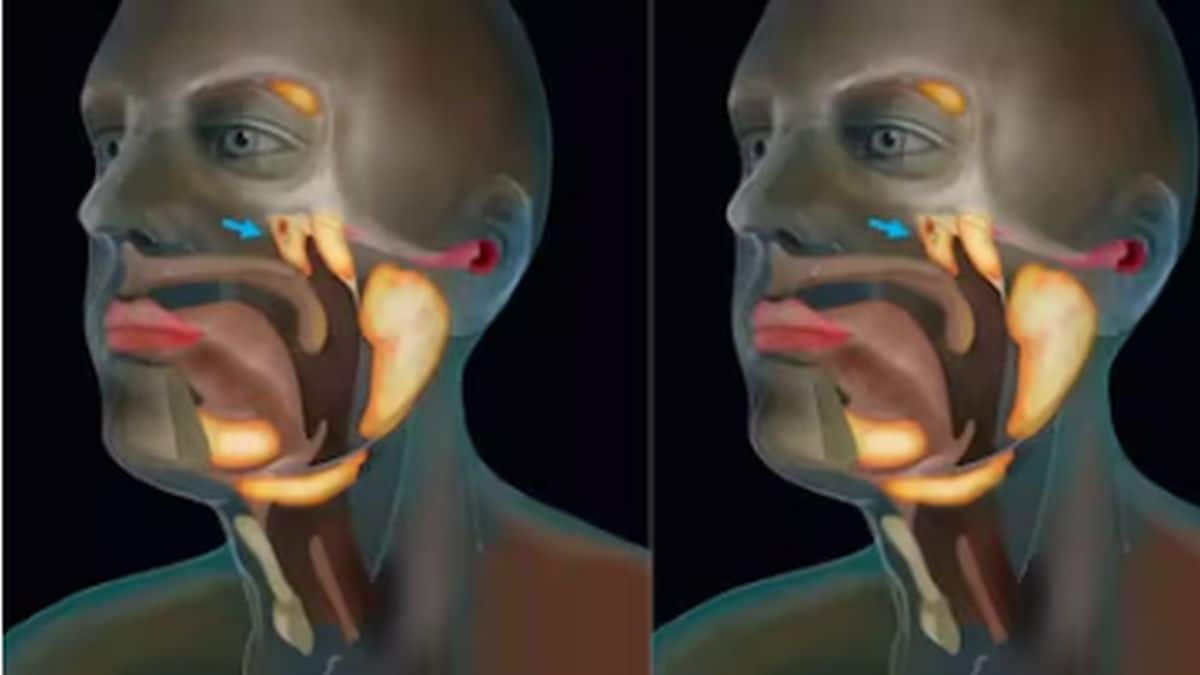Since the COVID-19 pandemic has begun, most of us have been paying extra attention to cleaning our hands and surroundings, in compliance with the official recommendations. It is believed that cleaning high-touch surfaces regularly would help remove the virus if it is present and, in turn, control the spread of the infection. Studies so far had provided estimations of the durations for which the virus could last on surfaces like the skin, plastic, cardboard, copper, etc. Now, according to recent research published in the Virology Journal on 7 October 2020, scientists have found that SARS-CoV-2 virus is capable of surviving on glass and steel surfaces and currencies for up to 28 days. SARS-CoV-2 on different surfaces Researchers from Australia’s national science agency, CSIRO conducted a study to analyze the duration for which the novel coronavirus can stay on different surfaces such as glass, mobile screens, stainless steel and currency notes (both paper and polymer). For this experiment, the scientists suspended the virus in a standard ASTM E2197 matrix. ASTM E2197 is used to test the capability of liquid disinfectants in killing bacteria, fungi, spores and viruses on a non-porous hard surface. The experiment was conducted on banknotes, brushed stainless steel, glass, vinyl and cotton cloth. The purpose of including currency notes in the experiment was to determine if they can lead to fomite transmission of COVID-19. While glass is present in the form of mobile screens, windows in the enquiry area of hospitals, public transport and shopping centres, most kitchen utensils are made from stainless steel. The aim of the study was to find out the presence of the virus on the surfaces of objects we come in contact with on a regular basis. The scientists exposed these surfaces to the viral mixture and then inoculated them in three different temperatures for a different period of time. They incubated the surfaces at 20, 30 and 40 degrees Celsius for 1 hour, 1 day, 2 days, 3 days, 4 days and 7 days. The entire experiment was carried out in the dark to avoid any effects of UV light. Results of the study The results of the study were based on all three different temperatures. It was found that at 20 degrees Celsius, SARS-CoV-2 virus was detectable on non-porous surfaces such as glass, currencies, stainless steel and vinyl for 28 days even at 50% humidity. However, on the cotton cloth (porous material), the infection did not exist after 14 days. At 30 °C, the virus was present on stainless steel for seven days, on vinyl and cotton cloth for three days and on paper notes for 21 days. However, the presence of the virus on the currencies on day 21 was extremely minimal. The scientists found that the presence of the virus at 40 °C was significantly less as compared to both 20 °C and 30 °C. The scientists did not find traces of virus on the cotton cloth after 24 hours and on all remaining surfaces after 48 hours. They further calculated the decimal reduction time value (D value) which denoted the time when there is a 90 percent reduction in viral titre. The D levels at 20 °C ranged from 5.5 days for cotton to 9.1 days for paper notes, whereas the D levels for surfaces at 30 °C ranged from 1.4 days for vinyl to 4.9 days for paper notes. The D levels for surfaces at 40 °C were all less than a day and were found to be 10.5 hours for vinyl and 5 hours for polymer notes. Temperature and SARS-CoV-2 The scientists concluded that the virus can survive for longer in lower temperature. They further added that the virus can survive longer on non-porous surfaces such as glass, stainless steel and vinyl and is less likely to stay on porous surfaces (such as cotton) for too long. The most important finding of the study was that the virus could survive longer on paper notes than plastic currencies. The scientists stated that by increasing the temperature while maintaining the humidity, the virus can be cleared off the surfaces within 24 hours. For more information, read our article on How long can SARS-CoV-2 virus survive on different surfaces? Health articles in Firstpost are written by myUpchar.com, India’s first and biggest resource for verified medical information. At myUpchar, researchers and journalists work with doctors to bring you information on all things health.
The scientists stated that by increasing the temperature while maintaining the humidity, the virus can be cleared off the surfaces within 24 hours
Advertisement
End of Article


)

)
)
)
)
)
)
)
)



